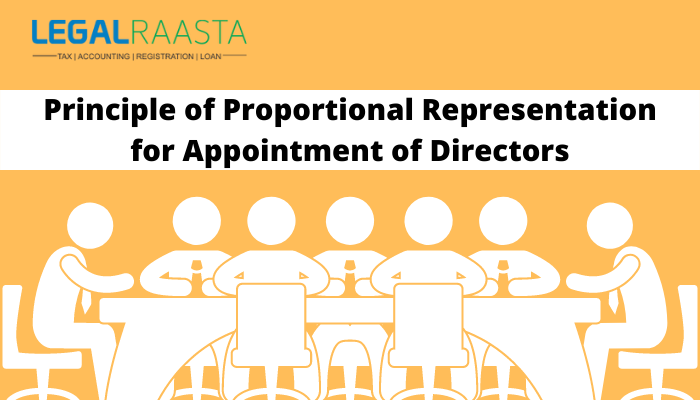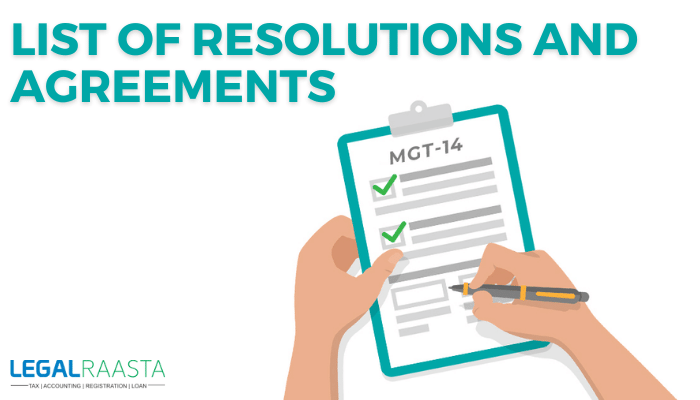Insolvency and Bankruptcy Code (Amendment) Act, 2018
Background
Let’s face it insolvency, bankruptcy, and defaulters are a source of constant trouble for the Government. The Insolvency and Bankruptcy Code 2016, aimed to consolidate insolvency laws and it also helped in strengthening legislation which in turn revolutionized the insolvency regime. Almost 2 years on, the government has made several amendments and changes to the code in a quest to better refine the archaic laws and strengthened the Corporate Insolvency Resolution.
On November 23, 2017 The President of India put the Insolvency and Bankruptcy Code (Amendment) Ordinance, 2017 into action acting under the power vested in him under Article 123 of the Constitution of India. This ordinance basically introduced amendments to the earlier mentioned Insolvency and Bankruptcy code of 2016. The ordinance was in turn replaced by The Insolvency and Bankruptcy Code (Amendment) Bill, 2017 which was eventually passed by both houses of the parliament to become the Insolvency and Bankruptcy Code (Amendment) Act, 2018. The Act had a retrospective effect coming into effect on November 23, 2017, and also nullifying the ordinance.
Key Changes in the Insolvency and Bankruptcy Code(Amendment) Act, 2018
Here we list down the key changes and amendments to the Act. The provisions updated in the act are as follows
- Application of Code
- Invitation to Resolution Applicants
- Qualifying Criteria for Resolution Applicant
- Disqualification from submitting Resolution Plan
- Submission of Resolution Plan
- Prohibition on sale of distressed assets
- Punishment where no specific punishment or penalty is provided
Application of Code
Personal guarantors of a corporate debtor and proprietorship firms were immune from any liability under the code. The amendments to the Section 2 of the code, extended the application of the code to these entities. This has brought much-needed clarity on the initiation of CIRP against the above-mentioned entities. The proprietorship model of business is prevalent in many SME(Small and Medium Enterprises) in India and the inclusion of these firms in the regime of insolvency will help track defaults by these firms
Invitation to Resolution Applicant
The code issued in 2016 caused a serious debate among the corporate entities because of its ambiguous definition of resolution applicant. According to the code, a resolution applicant definition was as follows.
“any person who submits a resolution plan to the resolution professional”
This caused two schools of thought to emerge, one arguing that resolution applicant should be referred to in a consonance with Section 25(2)(h) of the code which required resolution professionals to invite any person to put forward a resolution plan. Therefore, a person could only be called a resolution applicant if they were invited by a resolution professional. Contrary to this was the fact since there was no mention of the section anyone submitting a resolution plan, resolution professionals were bound to review their application as well.
In the amendment act, the government clears this up by refining the definition. The new definition stands as follows:
“a person, who individually or jointly with any other person, submits a resolution plan to the resolution professional pursuant to the invitation made under clause (h) of sub-section (2) of section 25”
This will help a lot with CIRP of large distressed assets.
Qualifying Criteria for Resolution Applicant
The resolution professionals had the liberty to invite a prospective lender, investor or any other individual of their choice to put forward a resolution plan. However, with the amendments to the act, resolution professionals are now instructed to first assess the criteria for resolution applicant and then invite eligible individuals.
This move ensures that applicants will be of apt financial, legal and technical competency background to be properly able to submit a resolution plan
Disqualification from submitting resolution Plan
Prior to the provision in the Amendment Act, many malicious promoters of corporate debtors submitted a resolution plan in a CIRP for their own distressed company, in turn, becoming a resolution applicant.
The new amendment act with its Section 29A updated a list to make certain individuals ineligible to submit a resolution plan.
Following people or the individuals acting jointly with such people are now deemed ineligible to submit a resolution plan.
- Undischarged insolvent
- Wilful defaulters
- The person who has an account or an account of a corporate debtor under the management or control of such person, classified as a non-performing asset and a period of one year has elapsed since such classification;
- A person convicted of any offense punishable with imprisonment for two years or more; (v) a person disqualified to act as a director under the Companies Act, 2013;
- People prohibited by the Securities and Exchange Board of India from trading in securities or accessing the capital markets; (v a person who has been a promoter or in the management or control of a corporate debtor in which a preferential or undervalued or extortionate credit or fraudulent transaction has taken place in respect of which an order has been made by the National Company Law Tribunal (“NCLT”);
- A person who has executed an enforceable guarantee in favor of a creditor, in respect of a corporate debtor undergoing CIRP;
- A person who has been subject to any disability, corresponding to clauses (i) to (viii) above, under any law in a jurisdiction outside India.
These “connected” person clause added by the government will now help streamline the CIRP process and help improve transparency and curb mal-practices.
Submission of Resolution Plan
Bringing amendments to section 30(4) of the code, the act now stipulates that the resolution plan must be approved by a vote of no less 75% of voting shares of financial creditors. This step has been taken despite the risk of quick closure of CIRP, to improve transparency and credibility otherwise it could lead to a cycle of endless insolvency phases and will ultimately only benefit doubtful antecedents. If the account of the individual submitting the resolution plan has been a non-performing asset for a period exceeding 1 year, then a cure period of 30 days (from date of submission of resolution plan) is available for the person to pay the overdue amount
Prohibition on sale of Distressed assets
Section 35 of the Code has been amended so as to safeguard that liquidator ensures that buyer of a distressed asset is not amongst the disqualified person list laid down by Section 29A. The provision helps prohibit liquidators from selling any immovable or immovable property and actionable claim of a corporate debtor who is under the process of CIRP.
Punishment where no Specfic Punishment is provided
The Amendment Act introduces a new provision in form of Section 235A. This section prescribes a fine of not less than one lakh rupees which can be extended up to two crore rupees if any person contravenes any provision of the Code or rules and regulations made under it if no penalty is prescribed for such contravention specifically.
Conclusion
The Amendment act has come as a welcome change to the provisions of the code which had become a hotbed for malpractice by corrupt individuals. Improving credibility, introducing transparency and adding disqualification criteria and introducing strict eligibility criteria has been a big step towards fine-tuning the CIRP
However, it will be intriguing to see how promoters, who have defaulted because of factors beyond their control such as genuine poor business performance and now are ineligible to submit resolution plans, choose to react to the Amendment Act. The consequences of rendering a certain class of people ineligible to participate in CIRP may have unintended results.









